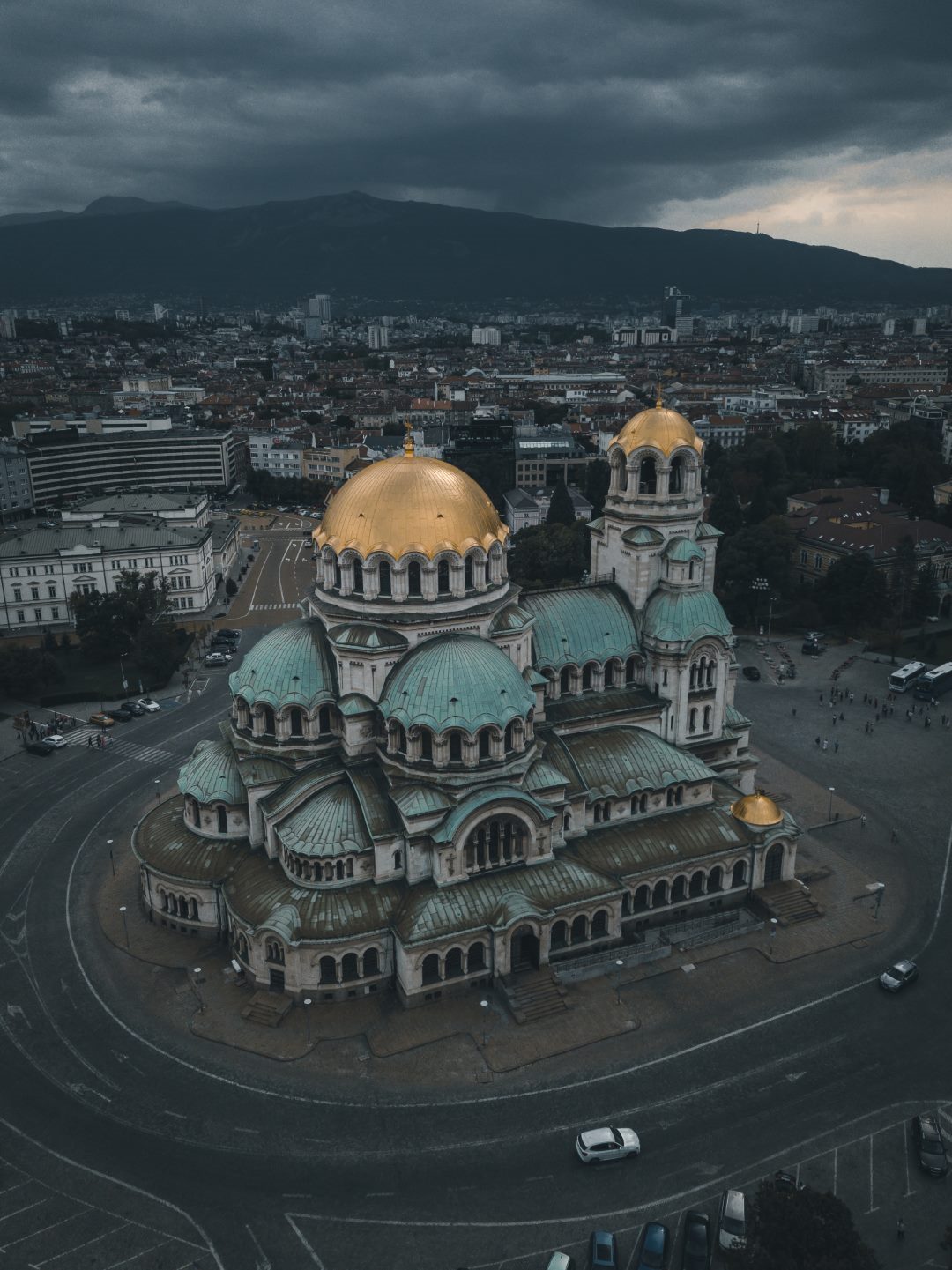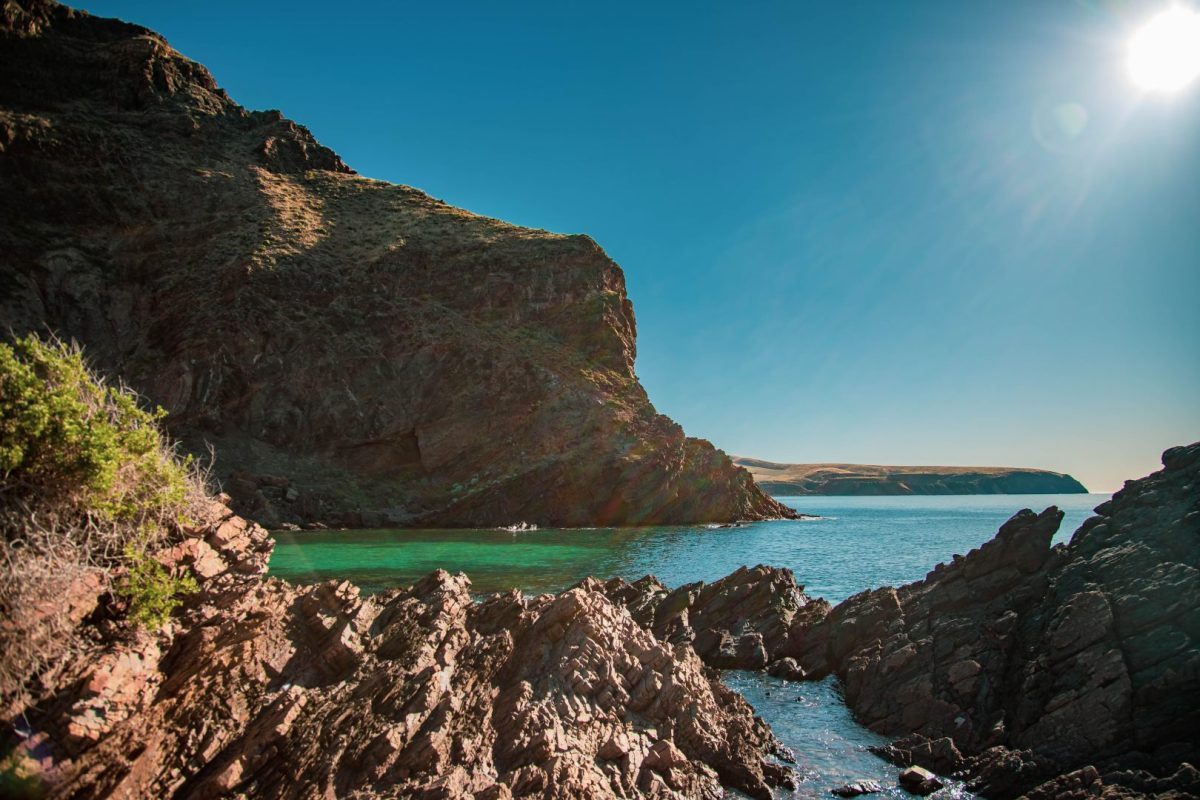How to Plan Your Transfer from Sofia Airport to Your Hotel
If you’re planning a trip to Sofia, Bulgaria, you may be wondering about the best way to get from the airport to your hotel. Fortunately, there are several options to choose from, including taxis, public transportation, and private transfers. In this guide, we will focus on private transfers from Sofia Airport to your hotel, so you can enjoy a smooth and stress-free arrival.What to Expect
When you book a private transfer from Sofia Airport to your hotel, you can expect a driver to be waiting for you in the arrivals hall holding a sign with your name on it. Your driver will help you with your luggage and take you directly to your hotel, without any stops or detours. You can relax and enjoy the scenery as you make your way from the airport to your accommodation. The entire journey takes between 20 and 35 minutes, depending on traffic.Why Choose a Private Transfer
There are several advantages to choosing a private transfer over other transportation options. Firstly, you won’t need to worry about navigating public transportation or finding a taxi, which can be stressful after a long flight. With a private transfer, you can relax and let someone else do the driving. Additionally, private transfers are often more comfortable and spacious than taxis, so you can stretch out and make yourself at home. Another advantage of private transfers is that they are often more reliable than taxis or public transportation. You won’t need to worry about waiting in line for a taxi or missing your bus or train. Your driver will be waiting for you as soon as you exit the customs area, so you can start your trip on the right foot. Additionally, private transfers are often cheaper than taxis, especially if you are traveling with a group.How to Book
Booking a private transfer from Sofia Airport to your hotel is quick and easy. Simply visit the booking page, enter your travel details, and select the number of passengers in your group. You can choose between a one-way or round-trip transfer, depending on your needs. And don’t forget to enter your flight details so your driver can track your arrival time and be waiting for you.Book Your Tour Now
In conclusion, a private transfer is an excellent way to get from Sofia Airport to your hotel. You’ll enjoy a stress-free arrival and comfortable transportation to your accommodation, all at an affordable price. So if you’re planning a trip to Sofia, be sure to book your private transfer in advance, so you can start your trip on the right foot.
Frequently Asked Questions About Sofia
Sofia is the capital city of Bulgaria and one of the oldest cities in Europe. It attracts many visitors because of its rich history and culture. If you are planning to visit Sofia, you might have some questions about the city, so here are some FAQs to help you prepare for your trip.1. What is the best time to visit Sofia?
The best time to visit Sofia is during the spring and autumn months, which are from March to May and from September to November. During these months, the weather is pleasant, and the crowds are smaller compared to the summer season. The summer months, from June to August, are also a good time to visit if you don’t mind the heat and larger crowds.2. How do I get to Sofia?
Sofia is accessible by plane, train or bus. The city has an international airport, Sofia Airport, which is located about 10 km from the city center. The airport is served by many airlines, including Bulgaria Air, Ryanair, Wizz Air and Lufthansa. You can also take a train or a bus to Sofia from other parts of the country or from neighboring countries.3. What are the must-see attractions in Sofia?
Some of the must-see attractions in Sofia are:Alexander Nevsky Cathedral
This is the largest cathedral in Bulgaria and a symbol of the Bulgarian Orthodox Church. Its golden-domed roof and beautiful interior make it a must-visit attraction.Vitosha Mountain
This is a popular spot for hiking, skiing, and other outdoor activities. The mountain is located about 10 km from Sofia and is accessible by car or public transport.National Palace of Culture
This is the largest conference and exhibition center in southeastern Europe. It hosts many events throughout the year, including concerts, exhibitions, and conferences.National Museum of History
This museum has a vast collection of artifacts from Bulgaria’s ancient and medieval history. The exhibits range from prehistoric times to the present day.4. What is the currency used in Sofia?
The currency used in Sofia is the Bulgarian Lev (BGN). You can exchange your currency at banks or exchange offices located throughout the city. Many shops and restaurants also accept credit and debit cards.5. What is the language spoken in Sofia?
The official language spoken in Sofia is Bulgarian. However, many people in the city speak English, especially those who work in the tourism industry or in international companies.6. What is the food like in Sofia?
The food in Sofia is a mix of traditional Bulgarian and Balkan cuisine, as well as international cuisine. Popular Bulgarian dishes include banitsa (a pastry filled with cheese and eggs), kebapche (grilled meat sausage), and shopska salad (a tomato and cucumber salad with feta cheese). There are also many restaurants in Sofia that serve cuisine from different parts of the world.7. Is Sofia a safe city to visit?
Sofia is generally a safe city to visit, but like any city, it is important to take precautions. Be aware of your surroundings and keep an eye on your belongings. Avoid walking alone at night, especially in poorly lit areas. The main tourist areas in Sofia are generally safe, but it’s best to exercise caution in less touristy areas.8. Can I drink tap water in Sofia?
The tap water in Sofia is generally safe to drink, but many locals and visitors prefer to drink bottled water. If you are unsure, it’s best to ask at your hotel or restaurant.9. Are there any cultural customs I should be aware of in Sofia?
Bulgarians are generally friendly and hospitable people. It is customary to greet someone with a handshake, and it is polite to remove your shoes before entering someone’s home. When visiting churches or monasteries, it is important to dress modestly and to adhere to any rules posted at the entrance.10. What is the public transportation like in Sofia?
Sofia has an extensive public transportation system, including buses, trams, and a metro system. Tickets can be purchased at kiosks located at bus and tram stops, or at metro stations. There are also single-use tickets, daily and weekly cards available for purchase. Taxis are also a popular mode of transportation, but it’s important to use licensed taxis and to agree on a fare before getting in the vehicle.Book Your Tour Now
Sofia is a beautiful city with a rich history and culture. It offers many attractions and activities for visitors to enjoy. With this FAQ, you should be well-prepared for your trip to Sofia. Remember to take precautions and to be respectful of the local customs, and you’ll have a great time exploring this enchanting city.
How to Spend Your Time as a Tourist in Sofia
Sofia, the capital of Bulgaria, is known for its rich history, stunning architecture, and endless cultural activities. This city offers a range of experiences for travelers, from exploring ancient landmarks to savoring the local cuisine. If you’re planning a trip to Sofia and wondering how to spend your time there, here’s a detailed guide to help you make the most of your trip.1. Visit the Historic Landmarks
Sofia has a long and fascinating history, and there are numerous historic landmarks that you can visit. Some of the must-visit landmarks include:Alexander Nevsky Cathedral
Built in the early 20th century, this stunning cathedral is the largest Eastern Orthodox church in Bulgaria. It features stunning golden domes and artwork, and its crypt contains an impressive collection of religious artifacts.Saint Sofia Church
This is one of the oldest churches in Sofia, dating back to the 6th century. It has undergone many renovations over the years, but still showcases intricate frescoes and stunning architecture.National Palace of Culture
This impressive complex hosts numerous cultural events and conferences throughout the year. It also features a range of restaurants and cafes, making it a great place to spend an afternoon.Rila Monastery
While not located in Sofia, this historic monastery is a must-visit destination for travelers in Bulgaria. It’s a UNESCO World Heritage Site and features stunning architecture, intricate frescoes, and a rich history.2. Try the Local Cuisine
Bulgarian cuisine is hearty and delicious, and there are plenty of traditional dishes to try while in Sofia. Some of the must-try dishes include:Tarator
This is a cold soup made from yogurt, cucumbers, dill, and garlic. It’s refreshing, tasty, and perfect for hot summer days.Kebapche
This is a grilled sausage made with ground pork or beef and spices, served with a side of French fries. It’s a favorite among locals and visitors alike.Banitsa
This is a savory pastry made with filo dough, eggs, and Bulgarian cheese. It’s often eaten for breakfast or as a snack.3. Explore the Parks and Gardens
Sofia has several beautiful parks and gardens, perfect for a relaxing afternoon stroll. Some of the most popular parks include:Borisova Gradina
This is the biggest park in Sofia, featuring numerous walking paths, sports facilities, and a lake.Sofia City Garden
Located in the heart of the city, this small park features a beautiful fountain, well-manicured gardens, and plenty of benches for relaxing.Vitosha Mountain
While not technically a park, Vitosha Mountain is a stunning natural landmark located just outside of Sofia. It features several hiking trails, ski slopes, and breathtaking views of the city.4. Shop at the Local Markets
Sofia has several markets that are perfect for picking up souvenirs or trying local produce. Some of the best markets include:Pirotska Street Market
This market sells a range of products, from fresh produce to clothing and souvenirs. It’s a great place to mingle with the locals and get a feel for the city’s culture.Sofia Central Market Hall
This historic market hall features a range of vendors selling everything from fresh produce to meat and cheese.5. Visit the Museums
Sofia has several museums that showcase its rich history and culture. Some of the most popular ones include:National Museum of History
This museum showcases the history of Bulgaria, from prehistoric times to the present day. It features numerous exhibits, including ancient artifacts and medieval weapons.National Art Gallery
This museum features a large collection of Bulgarian art, ranging from medieval frescoes to contemporary works.National Museum of Natural History
This museum showcases Bulgaria’s rich natural history, featuring exhibits on flora, fauna, and geological formations.Book Your Tour Now
Sofia is a vibrant city with plenty to see and do. From exploring historic landmarks to trying delicious local cuisine, there’s something for everyone in this beautiful city. Follow this guide and you’re sure to have an unforgettable trip to Sofia.Table of Contents

